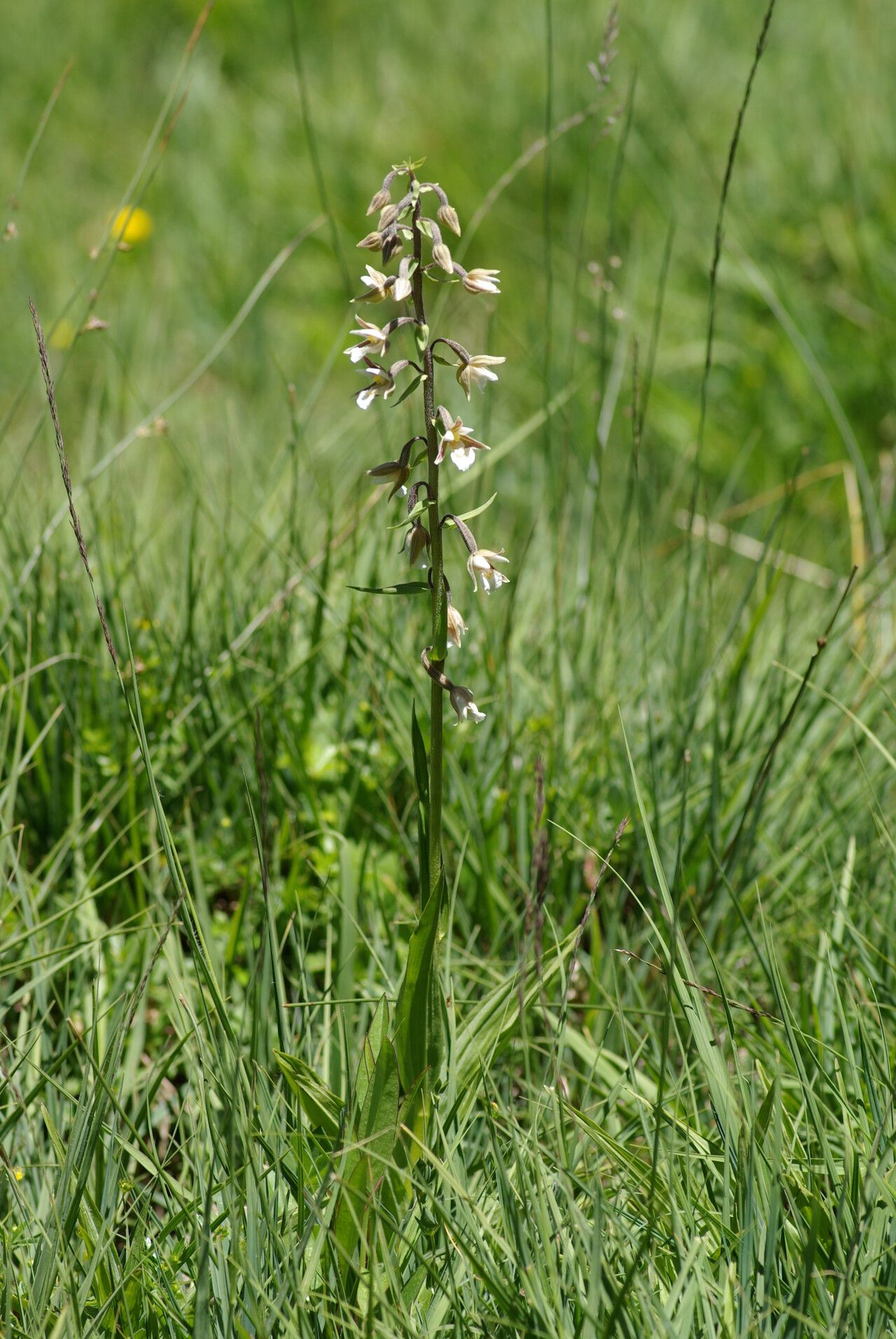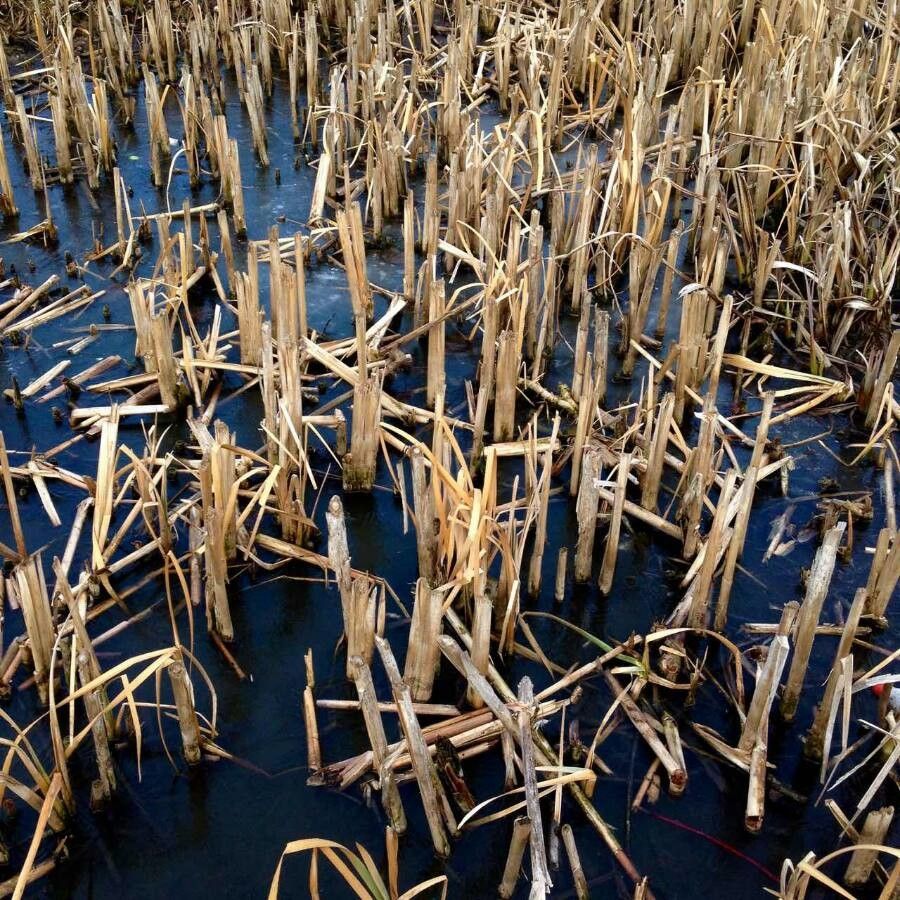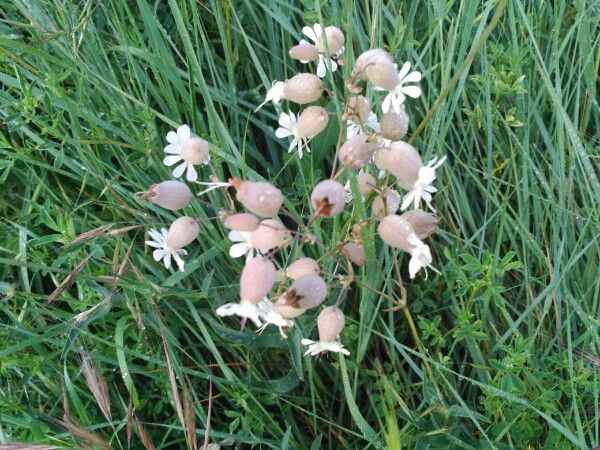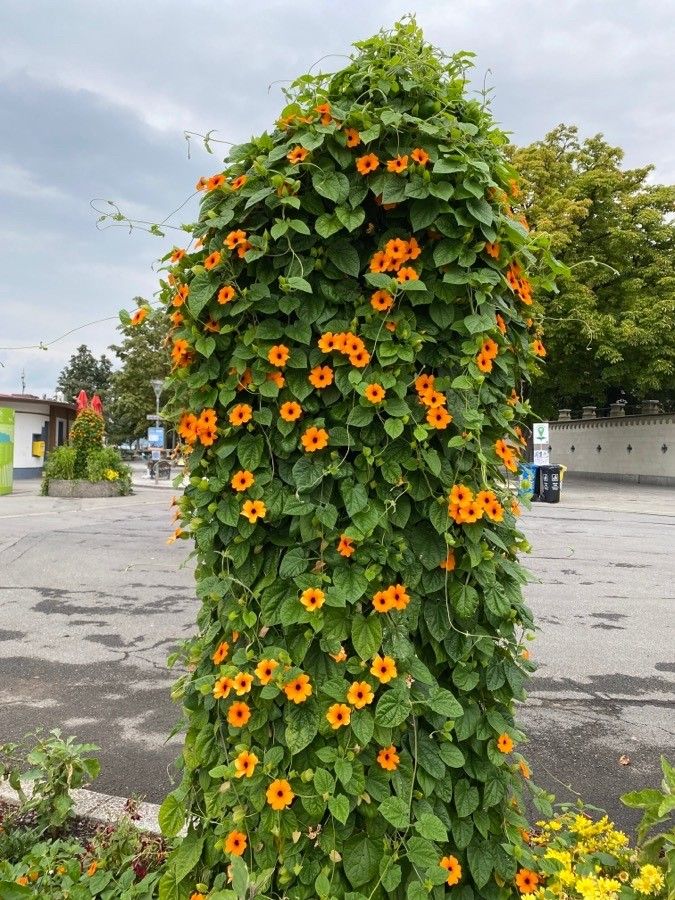## Marsh Orchid: A Jewel of Wetland Ecosystems
The Marsh Orchid ( *Dactylorhiza* species, primarily *Dactylorhiza praetermissa*) is a captivating wildflower, gracing the wetlands and damp meadows of Europe and parts of Asia. Belonging to the Orchidaceae family, this orchid stands as a testament to the beauty and resilience of nature, adapting to the unique challenges of its waterlogged habitat. Its delicate beauty, combined with its rarity in some areas, makes it a highly sought-after subject for botanists and nature enthusiasts alike.
### Habitat and Growth
Marsh Orchids thrive in damp, nutrient-rich soils, typically found in meadows, fens, marshes, and alongside streams and ditches. They prefer full sun to partial shade, and their ability to flourish in these waterlogged conditions sets them apart from many other orchid species. The precise location and microclimate significantly impact their abundance and flowering times.
### Identification
Identifying a Marsh Orchid requires a keen eye. Key features include its tall, slender stem (usually reaching heights of 10-60cm) bearing numerous flowers. The flowers are often a striking blend of pink, purple, and even white hues, exhibiting variations depending on subspecies and local conditions. The lower lip of each flower often displays intricate markings, providing further identification clues. Detailed botanical keys and field guides are essential for confident identification, given the similarities to other *Dactylorhiza* species.
### Care and Cultivation
Cultivating Marsh Orchids successfully requires careful consideration of their specific needs. Replicating their natural environment is crucial. Planting them in a consistently moist but well-drained soil mix, rich in organic matter, is essential. Avoid overly dry conditions or waterlogged soil prone to stagnant water. Partial shade is ideal to prevent scorching. They are very difficult to cultivate outside of their natural environment, thus collecting them from the wild is strongly discouraged.
### Conservation Status
Marsh Orchids face various threats in their natural habitats, including habitat loss due to agricultural intensification, drainage of wetlands, and pollution. Conservation efforts focusing on habitat restoration and protection are crucial for the long-term survival of this stunning species. Responsible observation and appreciation without disturbing their delicate ecosystem is paramount.
### Ecological Importance
As with many orchids, the Marsh Orchid plays a vital role in its ecosystem. It supports a range of pollinators and contributes to the overall biodiversity of the wetland environments it inhabits. Its presence acts as an indicator species for the health of the local ecosystem.
### Protecting the Marsh Orchid
The beauty of the Marsh Orchid lies in its wild existence. Never pick or disturb these plants. Instead, enjoy observing them from a distance and advocating for their protection through responsible environmental stewardship. Remember to always check local regulations regarding wild plants before visiting any area.
Marsh Orchid: Identification, Care & Habitat

Frequently Asked Questions
How to identify a marsh orchid?
Look for a tall, slender stem with numerous pink, purple, or white flowers. The lower lip of each flower has intricate markings. However, precise identification requires using detailed botanical keys and field guides.
Where do marsh orchids grow?
Marsh orchids thrive in damp, nutrient-rich soils of wetlands, meadows, fens, marshes, and alongside streams and ditches. They prefer full sun to partial shade.


